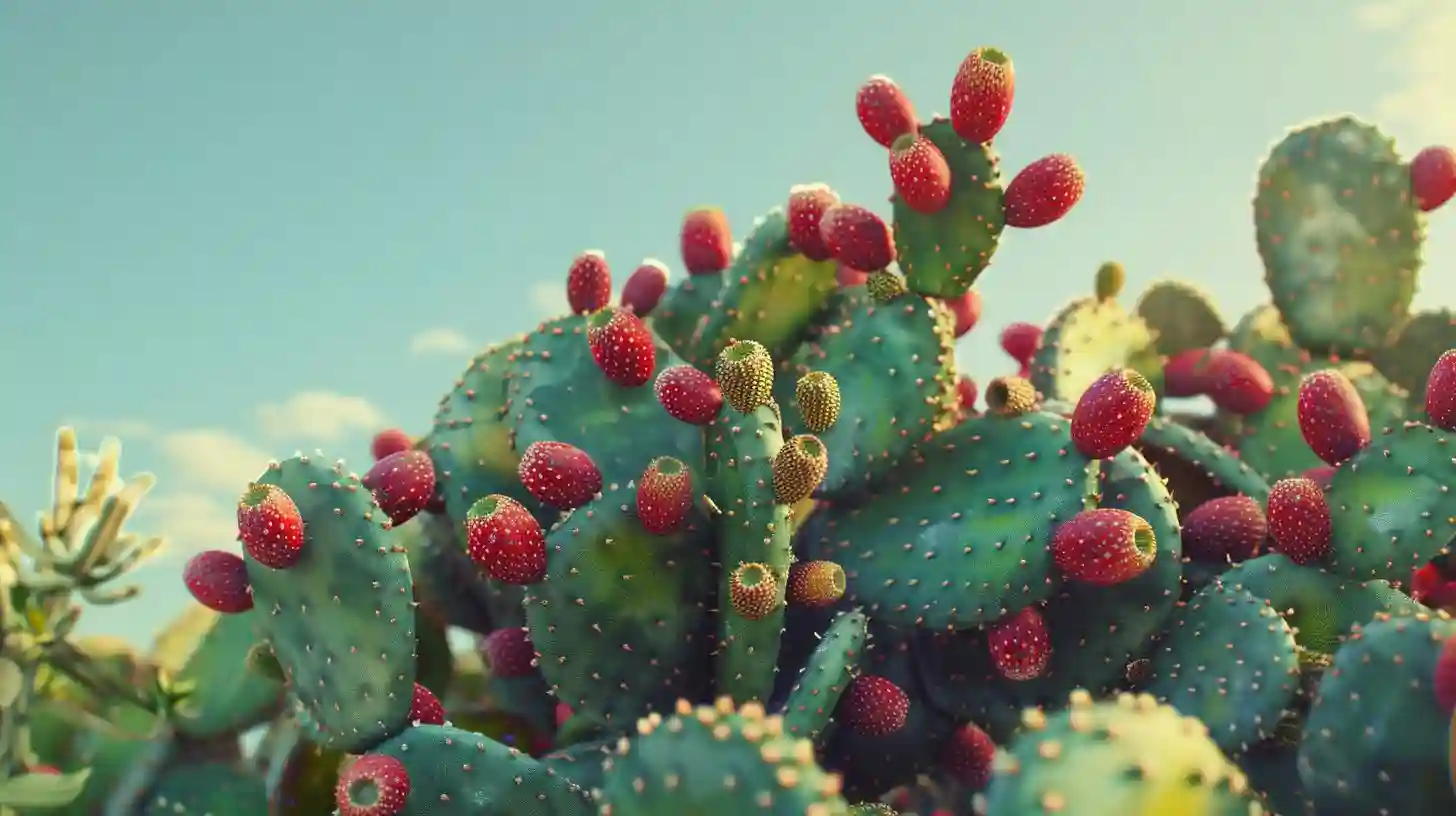
The cactus, often visualized as a hardy, spiky desert sentinel, is much more than a mere survivor in arid climates. This resilient plant family encompasses a diverse range of species, each possessing unique adaptations to thrive in environments where few others can. One of the most fascinating aspects of cacti, beyond their remarkable water retention abilities and defensive spines, is their capability to bear fruit. For many, the notion that these seemingly austere plants can yield something as life-affirming as fruit may come as a surprise. However, cacti fruits, also known as cactus fruits, are not only a testament to the adaptability of these plants but also an essential resource in the ecosystems they inhabit.
In exploring whether a cactus bears fruit, one must delve into the intricacies of the Cactaceae family, which encompasses an estimated 1,500 to 2,000 species across its various genera. Cactus fruits, often colloquially referred to as prickly pears or tunas, are perhaps the most well-known examples. These fruits develop on the Opuntia genus, which includes species like the Opuntia ficus-indica. The fruit itself starts as a flower, generally blooming in the late spring to early summer. Following pollination, which can involve insects, birds, or even bats, the flowers develop into berries or other types of fruit. This transformation from bloom to fruit is an impressive feat given the harsh conditions that cacti often endure.
One of the characteristic features of cactus fruits is their vibrant colors, which can range from deep reds to vivid yellows and purples. These colors play a significant role in attracting animals, which serve as agents of seed dispersal. Birds and other wildlife are often drawn by the visual appeal of the fruit, and in consuming it, they help to spread the cactus seeds across the landscape. This symbiotic relationship underscores the interconnectedness of desert ecosystems and highlights the important role cactus fruits play in sustaining life within these often inhospitable environments.
The nutritional value of cactus fruits is another aspect that merits attention. These fruits are not just aesthetically pleasing; they are also packed with essential nutrients. Rich in vitamins such as vitamin C and minerals like magnesium and potassium, cactus fruits can be a vital food source for both humans and animals. Additionally, they contain antioxidants, which help combat oxidative stress in living organisms. For indigenous communities in regions where cacti are prevalent, such as the American Southwest and parts of Mexico, cactus fruits have historically been a staple in their diet, revered for their nutritive and medicinal properties.
The process of harvesting cactus fruits can be quite challenging due to the protective spines that adorn many cacti. Skilled harvesters often use specialized tools to pluck the fruits without harm, ensuring that the cactus itself remains unharmed and can continue to produce fruit in successive years. The harvested fruits can be eaten raw, dried, or processed into various culinary delights including jams, jellies, and even alcoholic beverages like the traditional Mexican drink, aguamiel. Moreover, the pads of the prickly pear cactus, known as nopales, are consumed as a vegetable. When properly prepared by removing the spines, nopales can be grilled, boiled, or sautéed, offering a succulent addition to numerous dishes.
Beyond their nutritional and ecological significance, cactus fruits possess cultural and economic importance. In countries where cacti are endemic, the cultivation and commercialization of cactus fruits and products derived from them contribute to local economies. This form of agriculture is often sustainable, requiring minimal water and thriving in conditions where other crops would fail. Furthermore, cactus-inspired culinary traditions have found their way into gourmet culinary circles worldwide, adding a unique flair to global cuisines.
Some of the lesser-known cactus species also produce fruit, demonstrating that the phenomenon is not limited to the ubiquitous prickly pear. The Saguaro cactus (Carnegiea gigantea), iconic in the Sonoran Desert, bears fruit that is cherished by the Tohono O'odham people, who have been harvesting these fruits for centuries. The fruits are consumed fresh, dried, or made into syrup, serving as an important food source during the scorching summer months. Another intriguing example is the dragon fruit, or pitaya, which comes from the Hylocereus and Selenicereus cacti. This exotic fruit, known for its striking appearance and sweet flesh, has garnered international fame and is now cultivated in various tropical and subtropical regions around the globe.
While cactus fruits have much to offer, they are not without their challenges. The spines that protect many cacti can pose hazards to those unfamiliar with handling them. Furthermore, certain cactus species contain alkaloids or other compounds that can be toxic if ingested. Therefore, proper identification and preparation are crucial to ensure safety when foraging or consuming cactus fruits. Education and awareness about the diversity and characteristics of cacti are essential for safe and sustainable use.
Cacti, with their impressive adaptations, not only survive but thrive in some of the harshest environments on Earth. Their ability to bear fruit is a remarkable demonstration of life's resilience, providing sustenance and ecological benefits in regions where resources are often scarce. The fruit-bearing capability of cacti illustrates the multifaceted roles these plants play beyond their stoic appearances. In every vibrant hue of a cactus fruit, in every nutrient it provides, and every seed it disperses, there is a story of adaptation, survival, and interconnectedness that enriches our understanding of these extraordinary plants. Through the lens of cactus fruits, one can appreciate the deep symbiotic relationships that sustain desert ecosystems and the cultural heritage intertwined with these resilient sentinels of the arid world. Exploring the fruit-bearing nature of cacti opens a window into the complexity and beauty of life in the desert, challenging preconceived notions and revealing a bounty hidden behind spines.